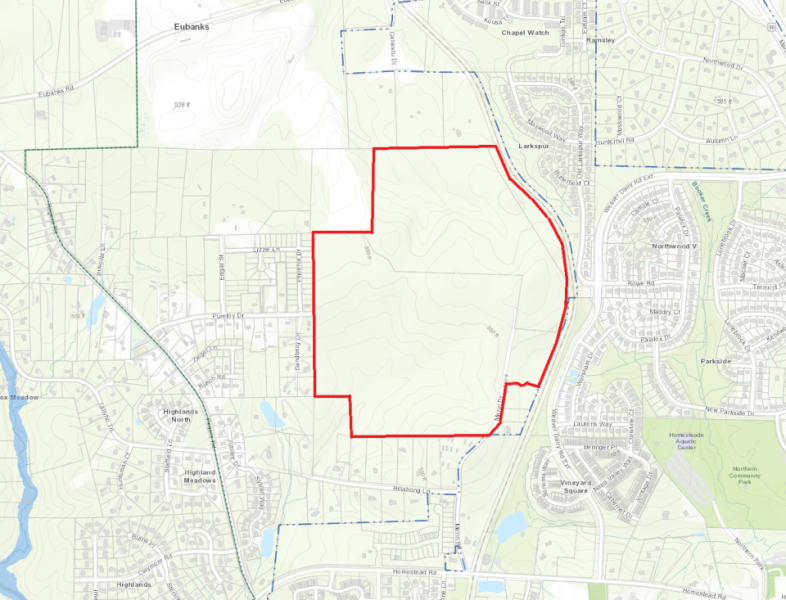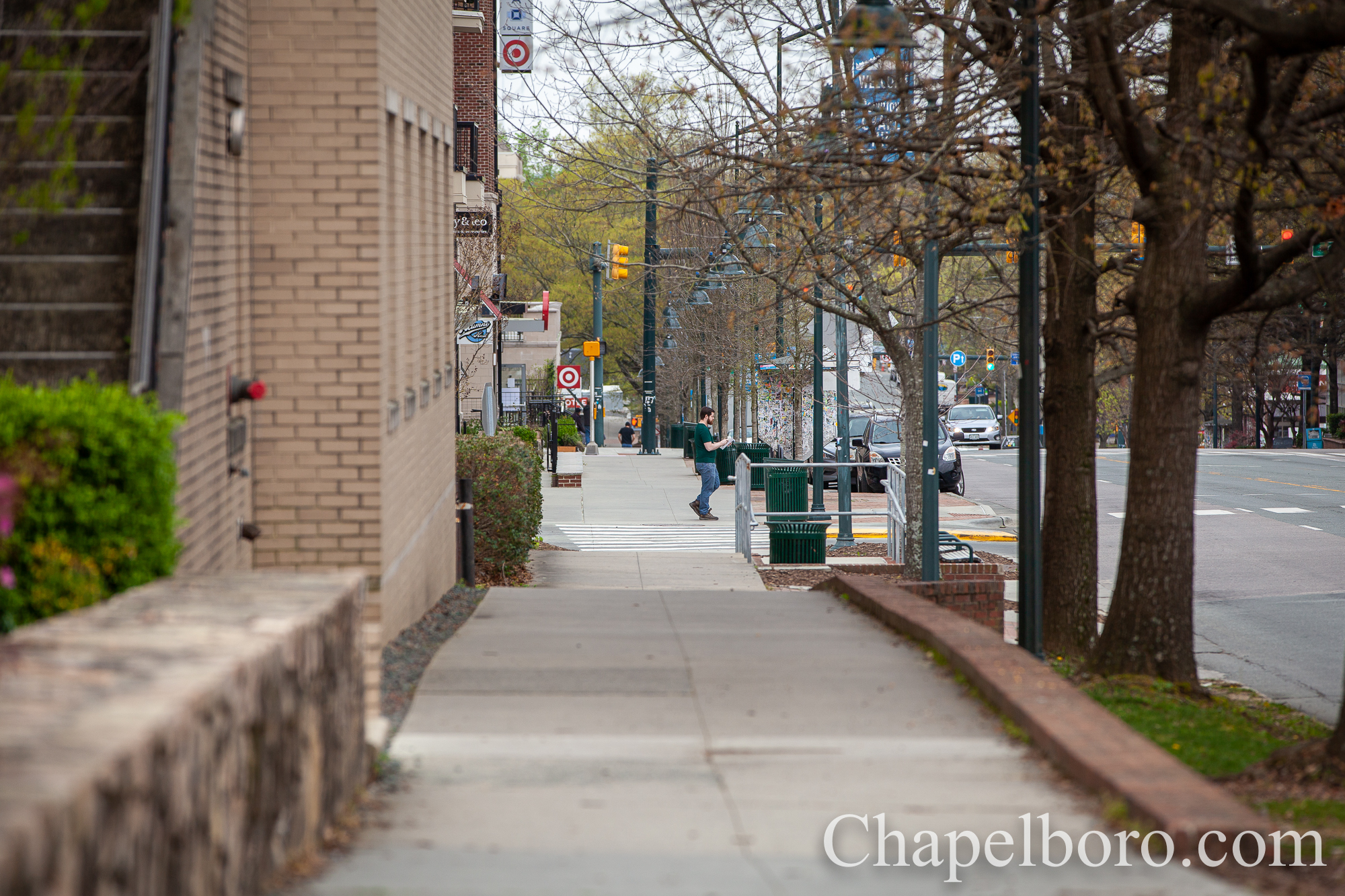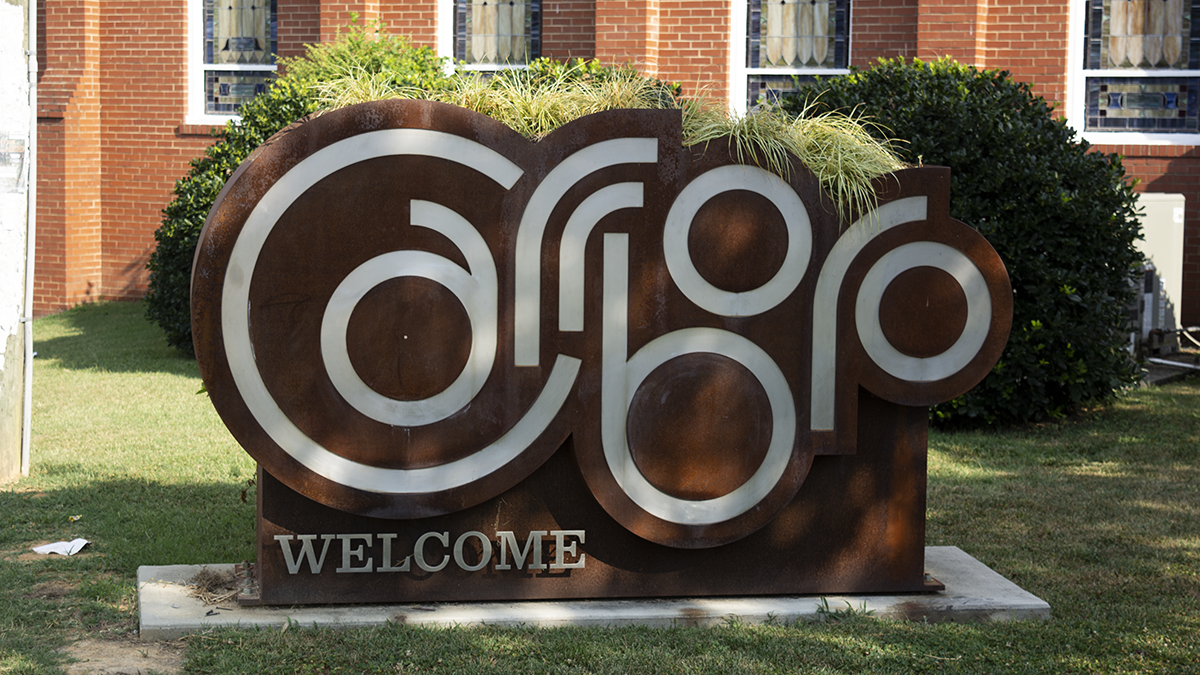
Having an Open Process in Orange County, Rather Than a Closed One
A perspective from Woody Coley
As one of the most enviable regions in the country for talented labor, two of the three areas of population concentration in the Triangle have made considerable progress in developing long term vision plans to create compelling environments for the live, work, play lifestyle desired by today’s society. Raleigh now has over 10,000 residents living downtown and is investing in a public park that may rival any in the country. Durham has essentially become the “Brooklyn” of the Triangle, offering an authentic lifestyle where distinct districts each provide diverse offerings that have made it a vibrant place recognized for its cuisines, innovation, performing arts, sports, and living options.
During those same 10 years, Chapel Hill seems to have resisted bold visions downtown, and its iconic café’s abutting campus are now cluttered with T-shirt shops and retail establishments that seem to open and close every 12- 24 months. Now, with almost a “ready, fire, aim” strategy, the town leadership is on the cusp of approving a sole-sourced project that, for the second time in recent history, provides uncommon public investment to the same developer — Grubb Properties — without any consideration of concepts from others.
While bucking against a train that seems to have left the station, I would suggest that we think carefully about what we want the town to become over the next fifty years before agreeing to a deal that teases the community with the hope of new jobs, while capturing private investment returns through commitments required of the UNC Admission Department and a parking garage funded by the City.
The mere addition of office space, if leased, does result in an increased tax base, and more consumption on Franklin Street during work hours. The unintended consequence will be the influx of cars that crowd our streets commuting between 8:00 and 5:00. But what if Rosemary Street required office and residential combinations, a garage incorporating mixed-use residential, adding outdoor dining, etc. Then, vitality would extend from morning until night. Traffic would be reduced, not intensified, because our downtown residential population was also increased.
There are other landowners on Rosemary that could be incentivized to assist in the transformation of our downtown. Parking, residential, office space, and amenities could be added in ways that bring more “feet to Franklin Street” but do it within a district planning vision with the end in mind, not just a singular deal.
The process for the contemplated office building on Rosemary has not been inclusive. One developer has crafted the deal, which includes fees that are not calibrated by competition, while obtaining preferred parking, and a highly valuable University lease, which will generate millions in profit for themselves.
In contrast, when Raleigh wanted to transform its transportation center in its warehouse district, a process invited numerous developers to share their credentials and thoughts, from which the best of the best was chosen. A similar process was used for the redevelopment of the Durham Police Station. I strongly suggest that Chapel Hill hit the “pause button”, create a broader process to invite the creativity and capability of the broader development and planning community, to ensure that brilliant decisions get made that make out town truly special for the next 100 years.

“Viewpoints” is a place on Chapelboro where local people are encouraged to share their unique perspectives on issues affecting our community. If you’d like to contribute a column on an issue you’re concerned about, interesting happenings around town, reflections on local life — or anything else — send a submission to viewpoints@wchl.com












Comments on Chapelboro are moderated according to our Community Guidelines